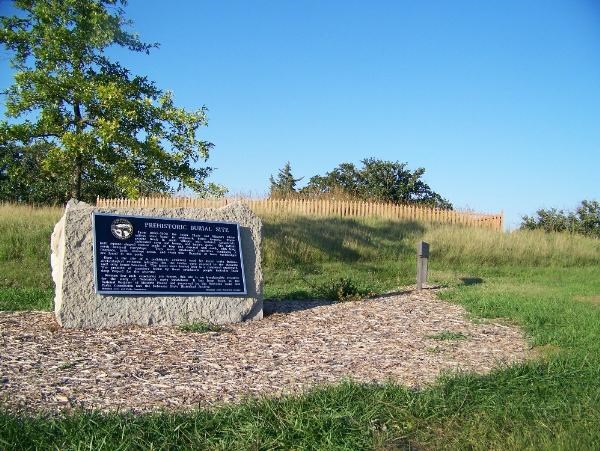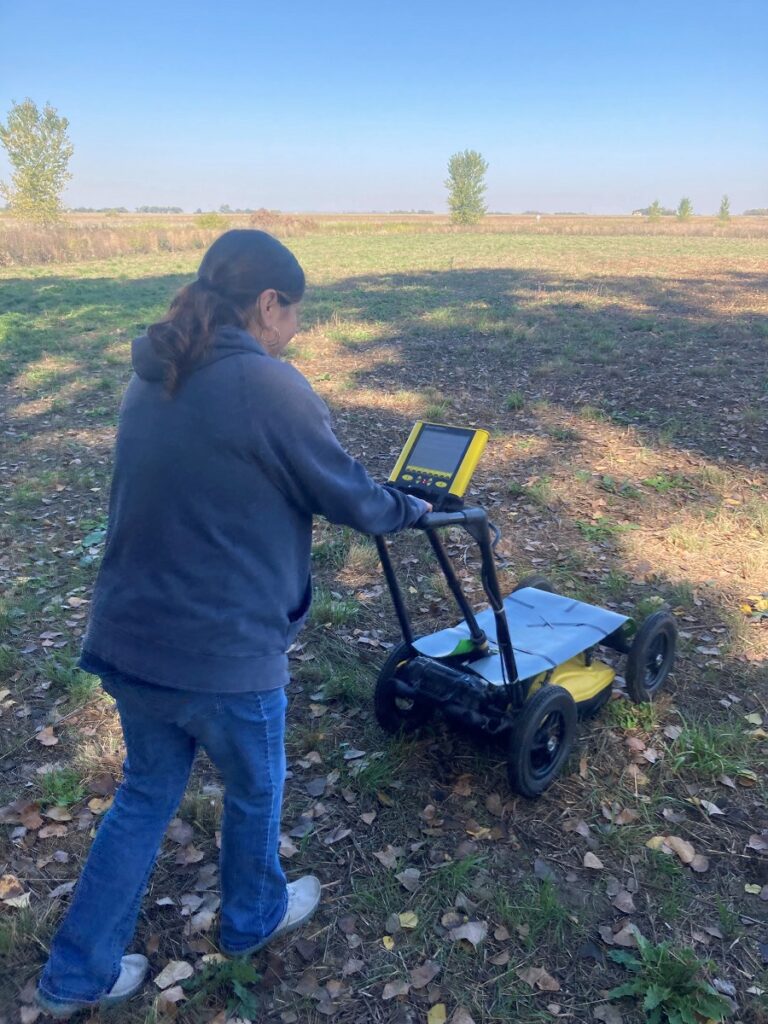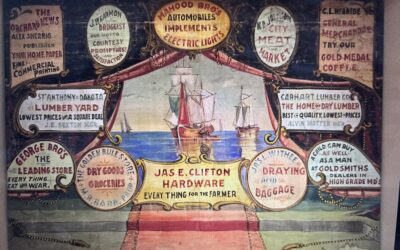All too often, human remains are discovered in Nebraska as the result of plowing, construction, or natural erosion. There are state and federal laws which govern how such circumstances are handled. The first step if suspected human skeletal remains are found is to contact local law enforcement. The police will evaluate the remains to determine if they represent a modern crime scene or missing person case. Once a forensic connection is ruled out, law enforcement will contact the History Nebraska, State Archeology Office (SAO) to conduct an archeological evaluation. If the remains are on federal land, archeologists from the federal agency will conduct the assessment.
In either event, preservation in place is the preferred option but oftentimes this is not possible. One example of preservation in place, is an Indigenous cemetery that was found during development of Eugene T. Mahoney State Park between Lincoln and Omaha. Original plans would have destroyed the site during construction of an access road. Officials from History Nebraska, the Nebraska Game and Parks Commission, and the Nebraska Department of Transportation worked together to avoid the property through re-design.

Communal pre-colonial Indigenous burial site protected in Eugene T. Mahoney State Park
In many cases, remains have been disinterred or cannot be preserved in place. In those circumstances, SAO staff will take possession and make determinations of age, sex, and most importantly biological affiliation such as: Euroamerican, Native American, or African American. This is done in cooperation with trained physical anthropologists. If remains are believed to be Indigenous, we will work with tribes under the Native American Graves Protection and Repatriation Act (NAGPRA) to determine which tribe or group of tribes the remains should be repatriated to for reburial. Factors considered include: associated funerary artifacts, skeletal features, burial pattern, geographic location, and oral traditions. Since the late 1980s, History Nebraska has repatriated over 1200 sets of human remains and many thousand associated funerary objects to over 35 Indigenous nations and tribes across the Great Plains.

Nebraska museums staff and Indigenous representatives from across the Great Plains discussing repatriation procedures.
The SAO is presently assisting the Nebraska Commission on Indian Affairs, the Genoa US Indian School Foundation Board, and the University of Nebraska-Lincoln (Center for Great Plains Studies) in attempts to locate the Genoa Indian School cemetery. We have examined maps and conducted ground-penetrating radar surveys but to date no graves have been found.

Ground-penetrating radar is used to locate unmarked graves so that they can be protected



